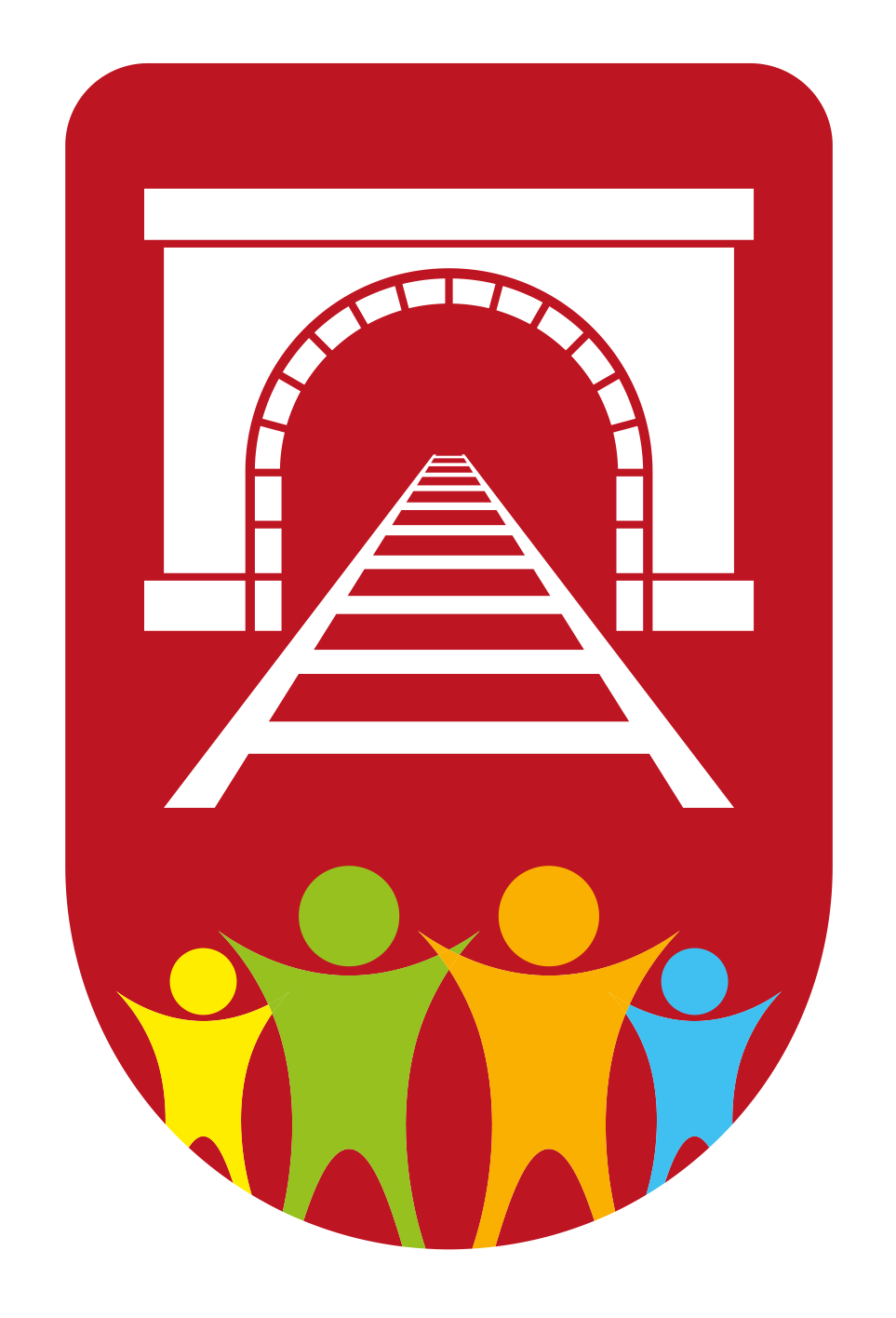Writing
School Vision
We serve our community by providing an education of the highest quality and an engaging curriculum that inspires our pupils to become confident, caring and responsible individuals who live life in all its fullness. (John 10:10)
Intent
At Kilsby C of E Primary School, writing is a crucial part of our curriculum. All children from Foundation Stage to Year 6 are provided with many opportunities to develop and apply their writing skills across the curriculum.
Our intention is for pupils to be able to plan, revise and evaluate their writing. To be able to do this effectively, pupils will focus on developing effective transcription and effective composition. They will also develop an awareness of the audience, purpose and context, and an increasingly wide knowledge of vocabulary and grammar. We also intend for pupils to leave school being able to use fluent, legible and speedy handwriting.
At Kilsby C of E Primary School, we are concerned with the development of the whole child; the ability to communicate effectively leads to self-confidence and a healthy self-esteem. Our aim is that all pupils leave us with an ability to express themselves correctly and appropriately, in spoken and written language, with understanding and with enjoyment.
Teachers understand the skills and strategies involved in teaching writing and understand that writing is essential to thinking and learning and to investigating and organising ideas. Writing should be seen as an enjoyable activity in itself.
Implementation
Writing
At Kilsby C of E Primary School we draw inspiration from The Write Stuff approach to ensure children are taught:
- to write fluently and accurately, understanding related rules and conventions (see Handwriting policy).
- to write for communication by creating images, describing experiences, ideas and feelings, and organising information in order to engage, inform and persuade.
- a variety of forms of writing, such as letters, notes, narratives, poetry, explanations, descriptions, comparisons, summaries and evaluations.
- to choose form and content to suit purpose and audience.o compose on paper and on screen, using different fonts and layouts.
- to respond critically to their own and to others’ writing.
- to redraft their work to develop and improve content, style and accuracy.

